
Montesquieu
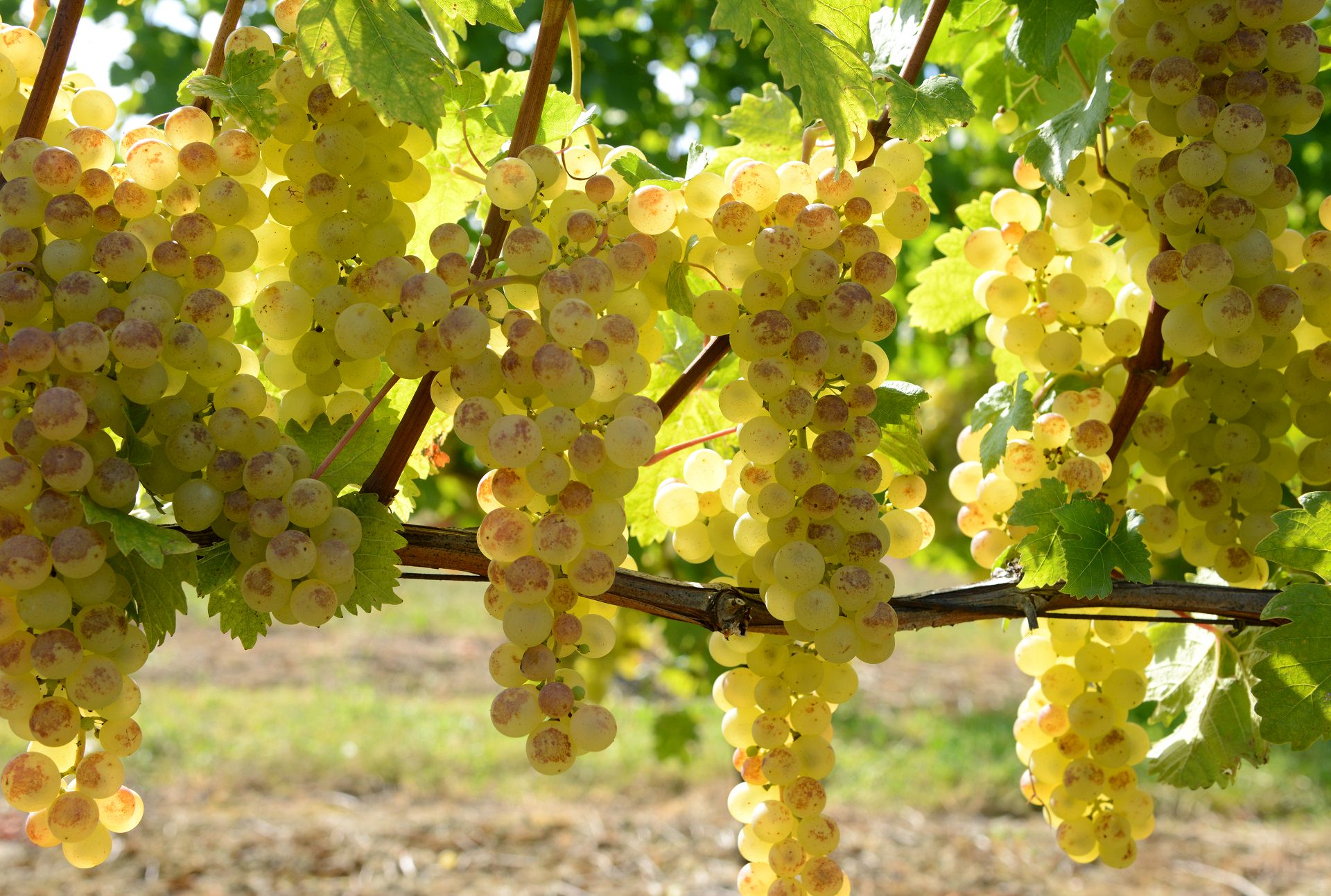
Its supple bunches, its spherical, golden, sun-drenched grapes, its fine skin, its honeyed juice... Recognise it?
It's the Chasselas de Moissac PDO grape.
Come and discover a region rich in history and flavour, where every bend in the road reveals a plot of vines or fruit trees. Tarn-et-Garonne awaits you for an unforgettable experience!
Tarn-et-Garonne, the second largest producer of table grapes after Vaucluse, is a must for lovers of gastronomy and nature.
The Bas-Quercy region offers unique conditions for growing fruit, making it an exceptional place to visit:
A fruit-growing region par excellence, Tarn-et-Garonne also produces the Melon du Quercy, the Cerise Région Moissac and strawberries.
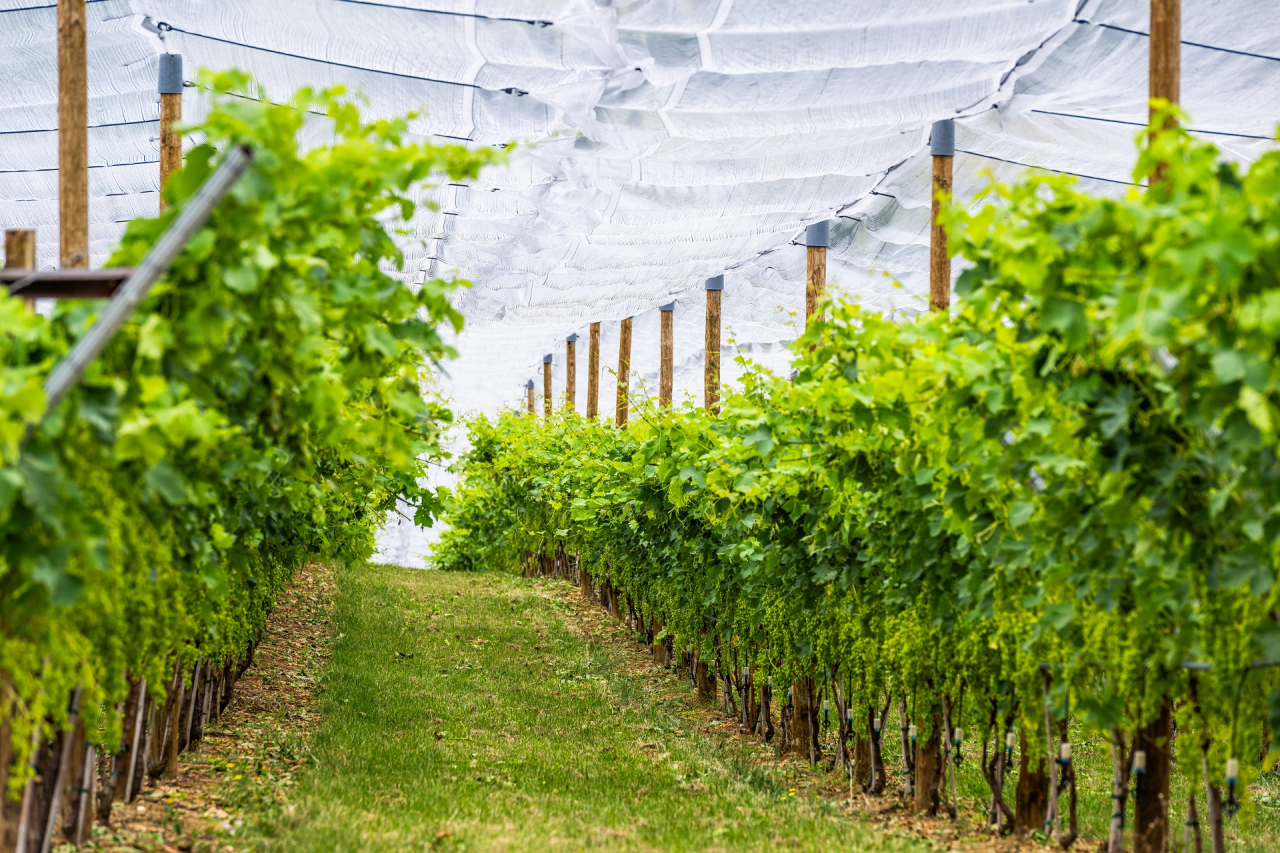
Chasselas grapes are recognisable by their translucent berries, thin, golden skin and sweet, delicate juice. The bunches of fruit are supple and homogenous, and the sugar content is high.
In Terres des Confluences, Chasselas de Moissac PDO is grown in several communes: Durfort-Lacapelette, Moissac, Montesquieu, Boudou and Lizac.
The Chasselas de Moissac grape is an Appellation d'Origine Contrôlée that you will only find in the Tarn et Garonne.
This Quercy grape contains 160g of sugar per litre and must weigh at least 100g.
The chasselatières are the guardians of an ancestral know-how. Vine pruning, disbudding, topping, picking, sorting... all the traditions and know-how surrounding this fruit are rooted in their hands.
This heritage, handed down from generation to generation, is proudly perpetuated by the region's growers.
The grape cure, also known as the uvale cure (from the Latin "uva", meaning grape), consists of consuming fresh grapes as a main foodstuff on a regular and balanced basis over a prolonged period. This method was used to rediscover the Chasselas grape and to promote its therapeutic benefits.
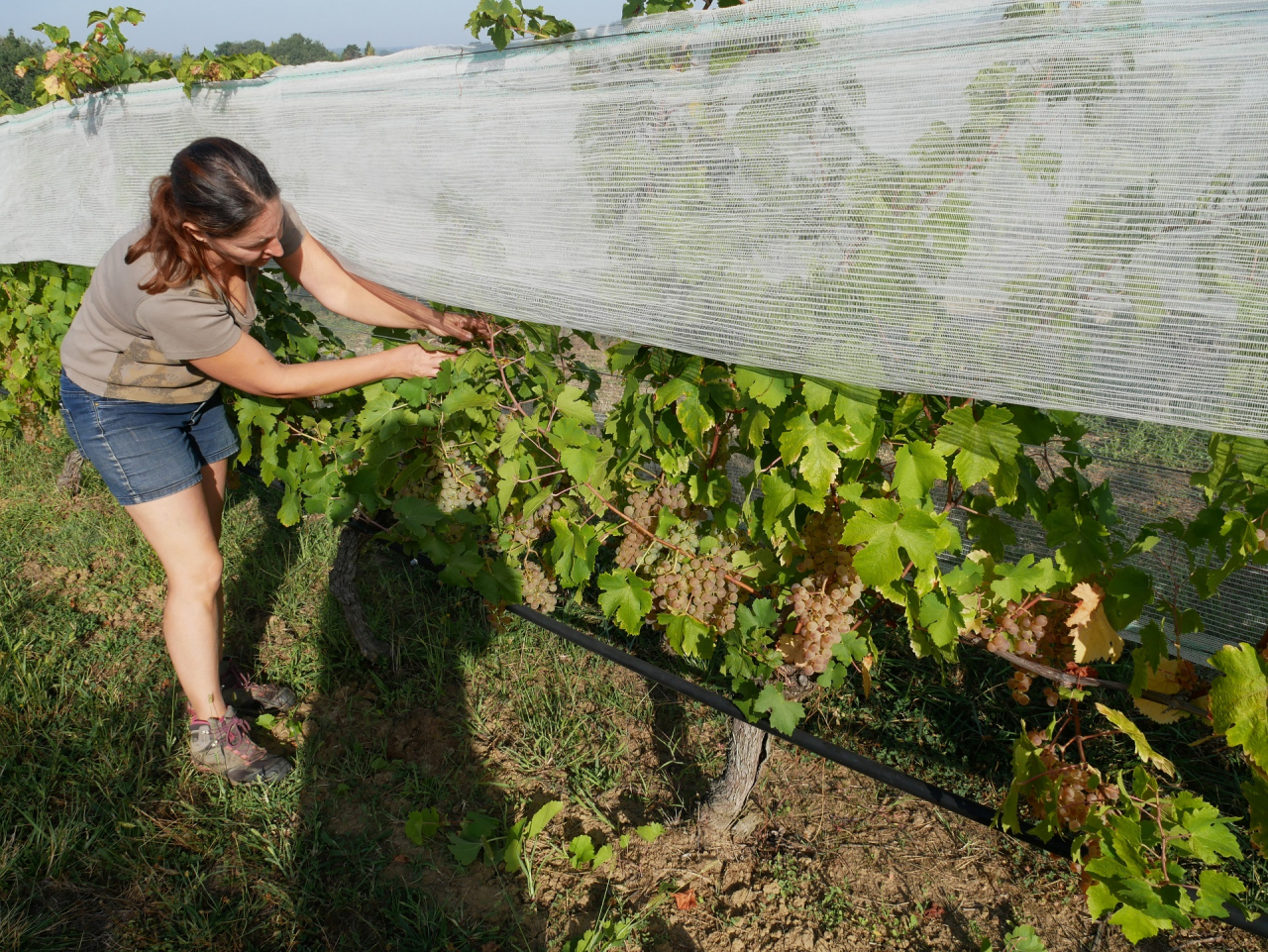
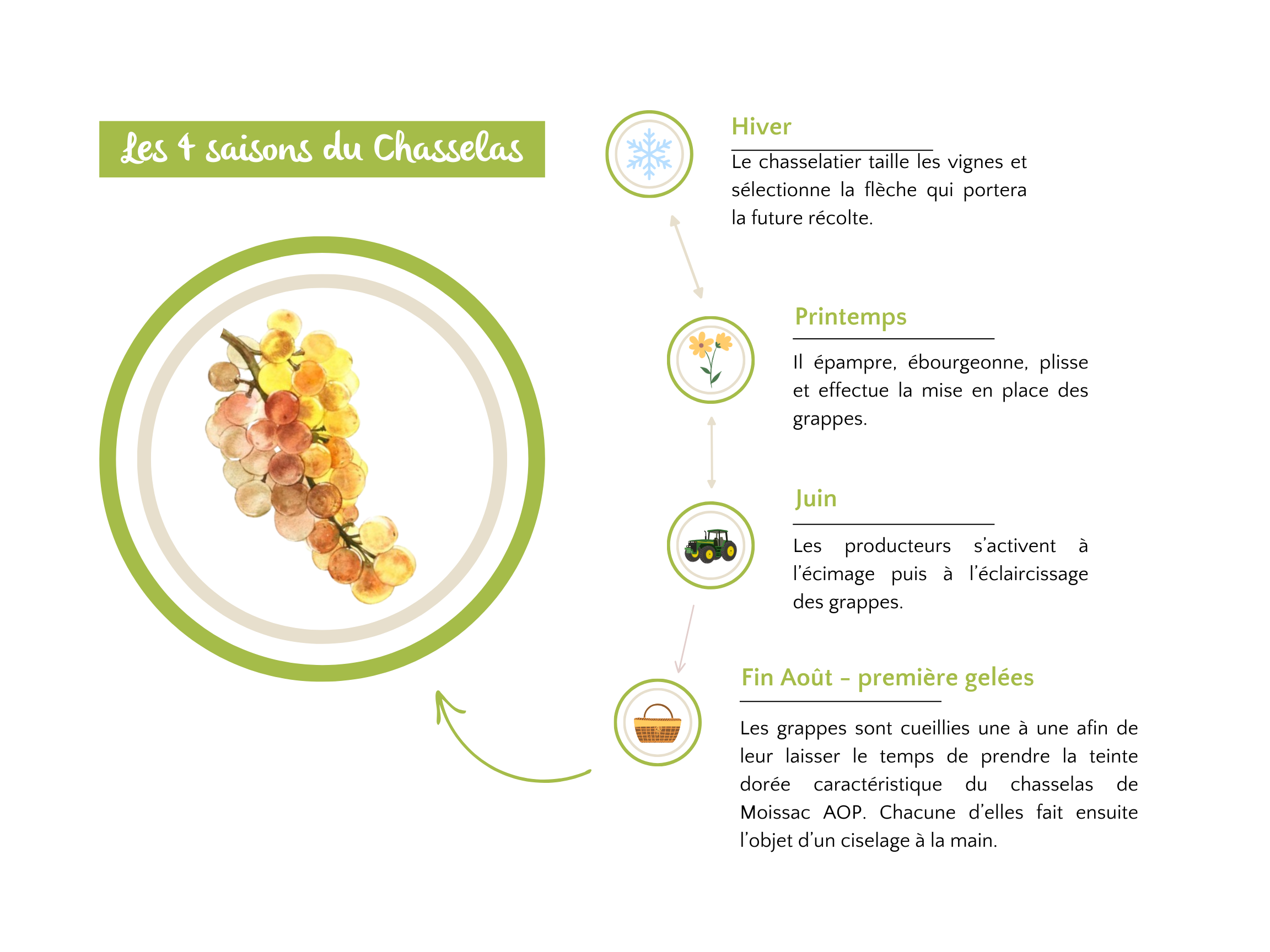
Chasselas is no exception to the rule: as a grape, it aids digestion and the elimination of toxins. Particularly rich in vitamins A, B and C, and low in protein and fat, the Chasselas grape is an excellent antioxidant, helping to eliminate bad cholesterol.
It helps prevent cardiovascular disease. And Chasselas grapes contain all the trace elements that can be assimilated by the body, providing remineralising benefits. *
Built in 1933 on the banks of the Tarn, the Uvarium kiosk was designed for Chasselas grape juice cures. Inherited from a vogue for uvals in the 1930s, the Uvarium was a popular place to relax at the time.
Under the pergolas, from early September to mid-November, spa-goers enjoyed the proven benefits of Chasselas, the town's king grape, by tasting the grapes inside the Uvarium.
Inside the Uvarium, the frescoes that can still be admired today are a real Art Deco gem. They were painted by Domergue-Lagarde, a native of Valence d'Agen, just a few kilometres from Moissac.
On the esplanade beside the river Tarn, the Uvarium kiosk is a reminder that the town was named "France's first uvarium resort" in the 1930s.
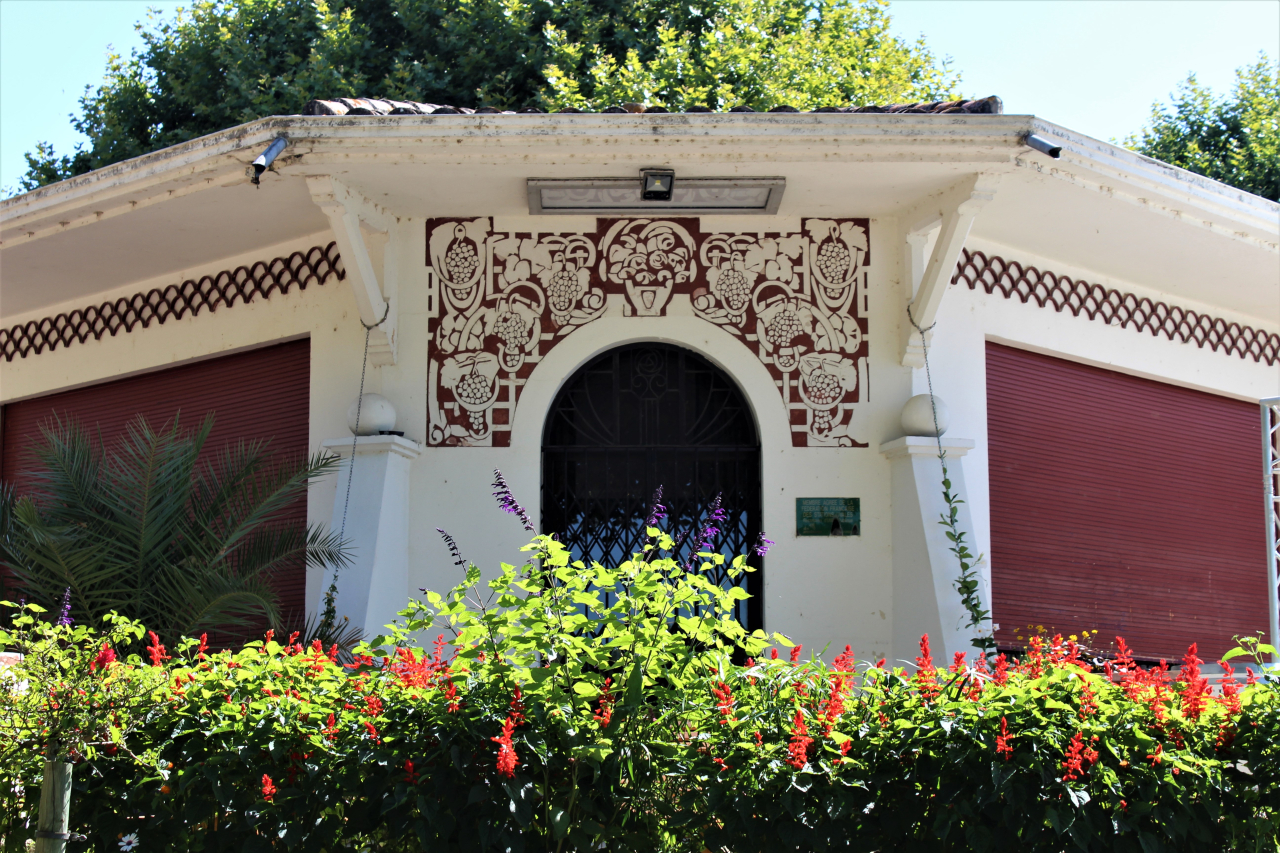
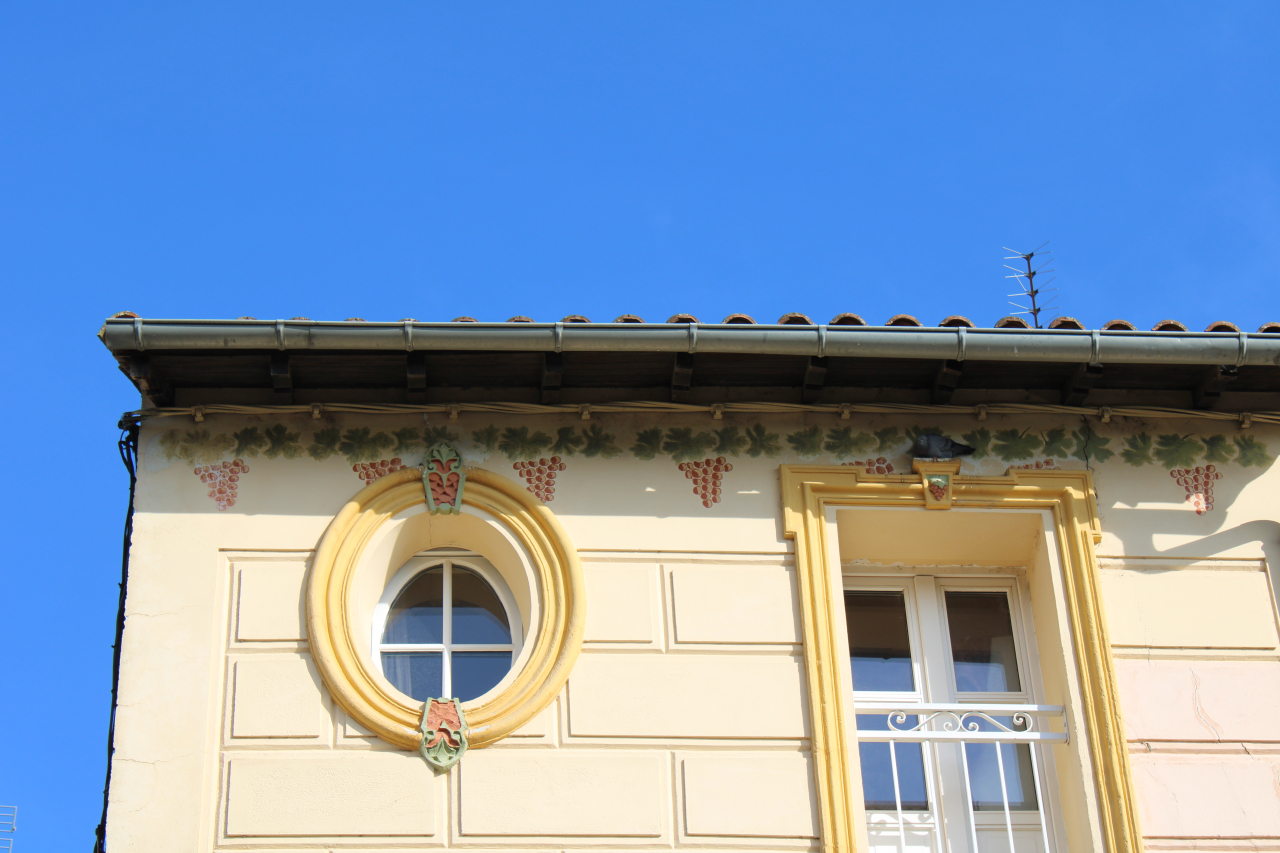
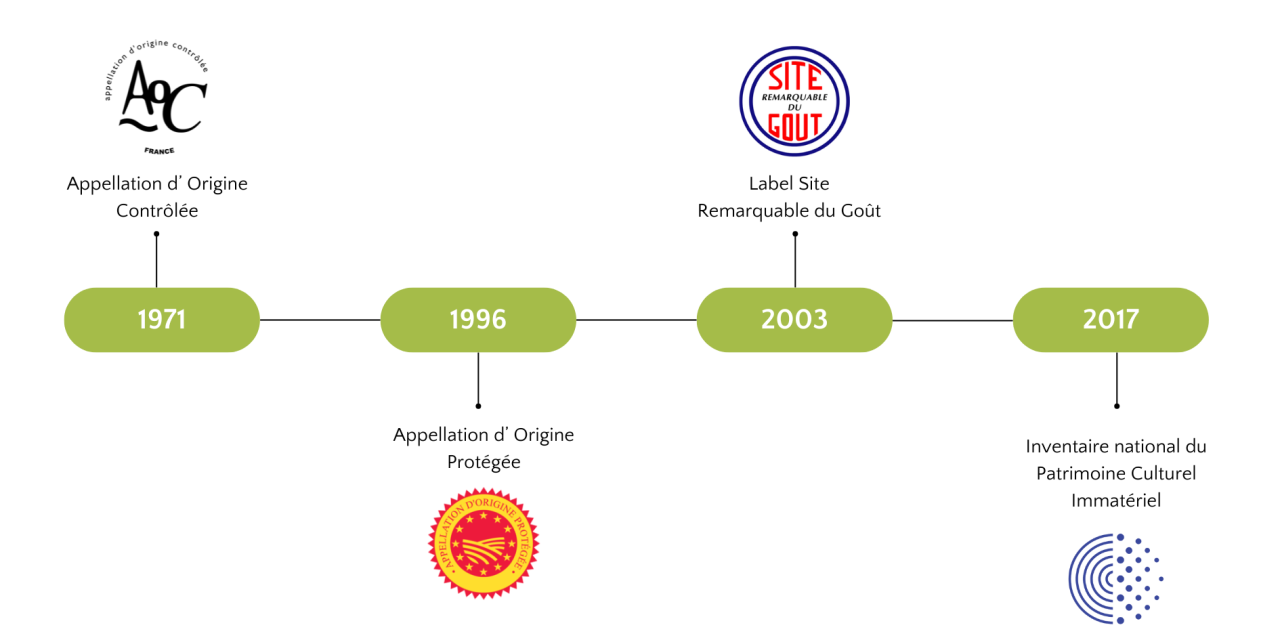
The Chasselas grape is a seasonal product, only enjoyed from September to December. However, you can enjoy its irresistible flavour all year round in fresh or carbonated juice, jam and fruit paste.
And don't forget to try Moissac Chasselas as an aperitif with Quercy des îles. Close to Toulouse and just a few hours from Bordeaux, the Chasselas de Moissac PDO zone stretches across the southern part of the Quercy region, giving this local aperitif its name. You'll also find AOP rum from Martinique, vanilla from Tahiti, AOP Espelette chilli pepper and, of course, AOP Chasselas from Moissac.
Fancy some chocolate? Created in 1954, "Grain Doré" is a speciality made with Moissac Chasselas. Even today, Cédric Moretto continues to perpetuate the savoir-faire of this delicacy combining dark chocolate, crisp Chasselas and a hint of Armagnac. Let yourself be tempted!
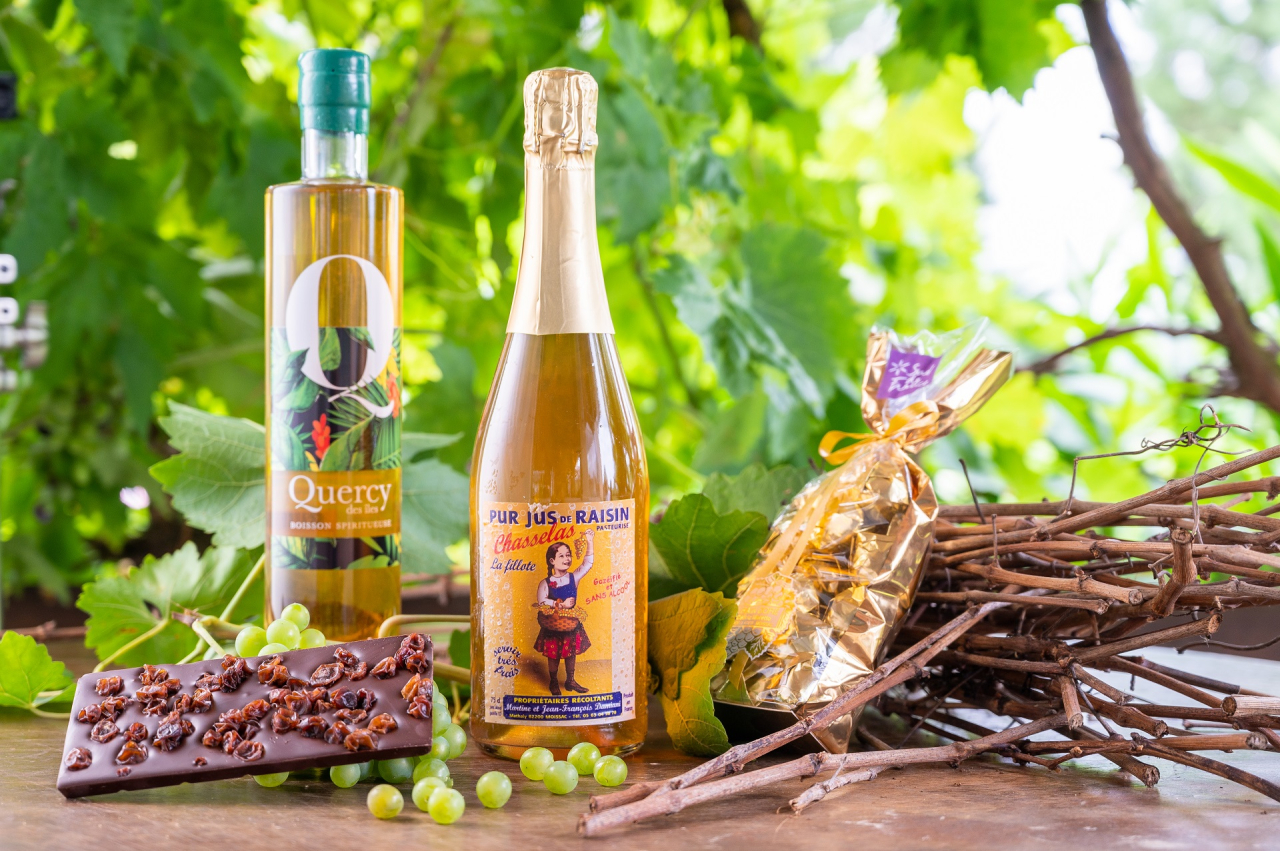
6 results
Moissac
Moissac
Moissac

Intercommunal Tourist Office
Moissac - Terres des Confluences
1 Boulevard de Brienne
82200 Moissac
accueil@ tourisme-moissacconfluences.fr
Tel. 05 32 09 69 36
Practical information







